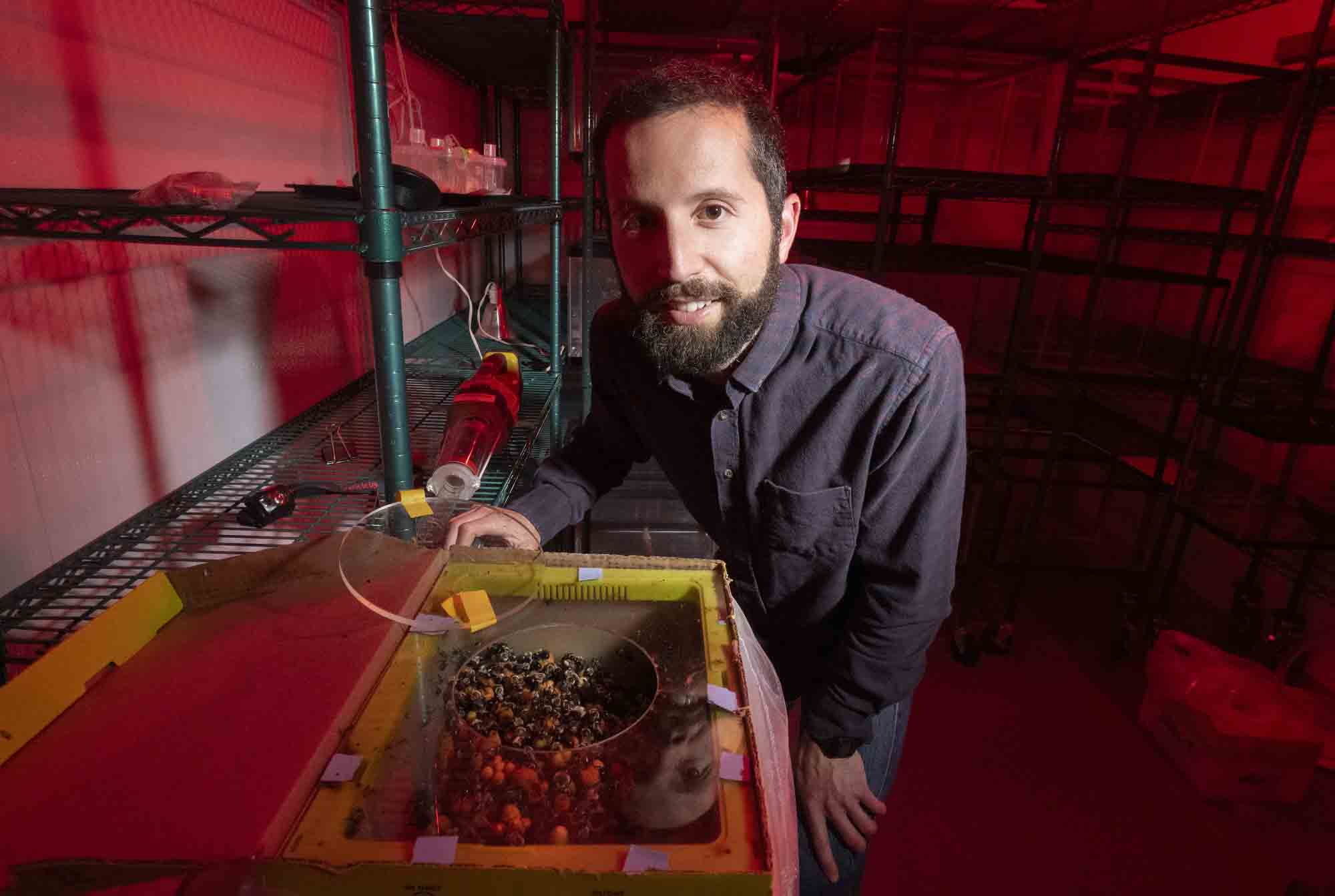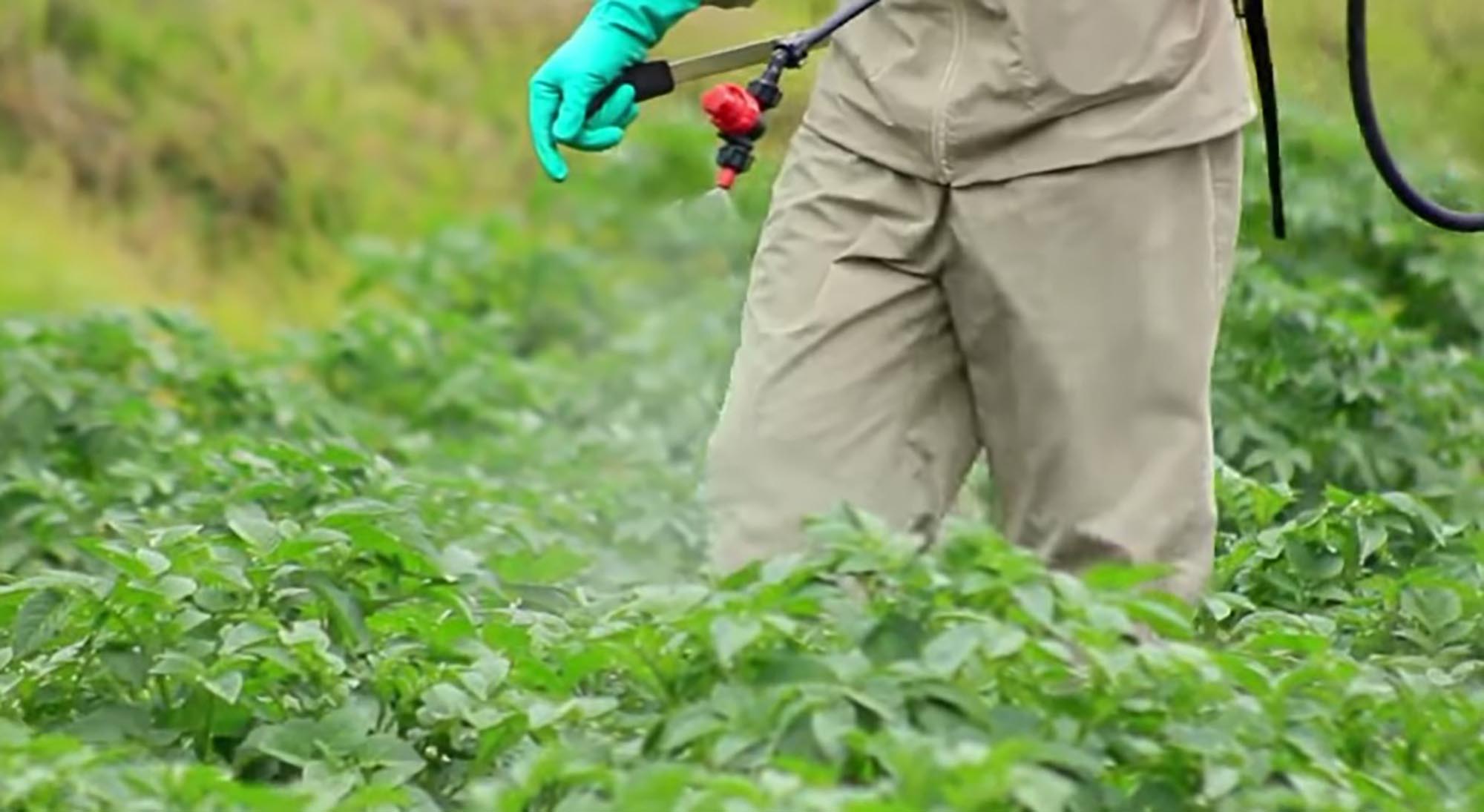An important pollinator that was once overabundant could soon become extinct, according to research by scientists in the United States.
An observation of the behaviour of bumblebees in the Rocky Mountains reveals that the insects struggle due to their limited capabilities to adapt to changes in climatic conditions.
Nicole Miller-Struttmann is an associate professor of biology at Webster University in St. Louis, Missouri.
She said: “We predict the local extinction of species in areas where the alpine bees can’t migrate further upslope, where the weather is cooler and the growing season still remains short.”
The expert on evolutionary ecology and climate change explained that the species were “not responding to the temperature changes fast enough because they are stuck in an evolutionary trap.”
Lower-elevation bumblebees are more flexible regarding foraging. Therefore, they have moved upwards as average temperatures keep increasing.

At the same time, their alpine-resident counterparts find themselves in difficult circumstances because of a low tolerance to warmer conditions.
The researchers point out that the alpine bumblebee is an insect that has successfully adapted to living in higher altitudes for centuries.
Prof Miller-Struttmann said: “The alpine bumblebees are ‘stuck in a rut’ because of the way they have been programmed by evolution. These high-elevation species still only collect nectar and pollen from flowers during a short time period that was the normal growing season in high elevations 50 years ago.”
She concluded: “Alpine bumblebees are being heated out of their homes and replaced by subalpine bees with more flexible life history schedules.”
Prof Miller-Struttmann cooperated with Prof Candace Galen and Zack Miller from the University of Missouri. Launching their investigation in 2012, the scientists examined 60 years of data regarding alpine plants and bumblebees at three peaks of the Rocky Mountains in Colorado.
Entitled “Climate-driven disruption of transitional alpine bumble bee communities”, the study was published in the Global Change Biology Journal.
Prof Galen – a Professor Emerita of Biological Sciences – explained: “As the climate warms and becomes more variable, organisms specialised to past conditions are declining, be it bumble bees or penguins.”
She warned: “We are losing biodiversity at a rapid clip – and with it the ecological services including pollination services that enrich and sustain our lives.”
Bumblebees are part of the family of bees. Their 250 different species mainly exist in higher altitudes of the Northern Hemisphere.
Bumblebee colonies are considerably smaller than colonies formed by the western honeybee as they consist of just a few hundred animals and a queen.
A honeybee hive has between 20,000 and 80,000 bees living together in a colony, according to data provided by the Canada Agriculture and Food Museum in Ottawa.
Bumblebees – which have round bodies covered in soft hair – feed on nectar. Due to their pollinating activity, bumblebees are an important factor when it comes to ensuring balanced ecosystems and healthy biodiversity.
Their existence is at risk due to global warming, the excessive application of insecticides and habitat disruption caused by construction projects.











